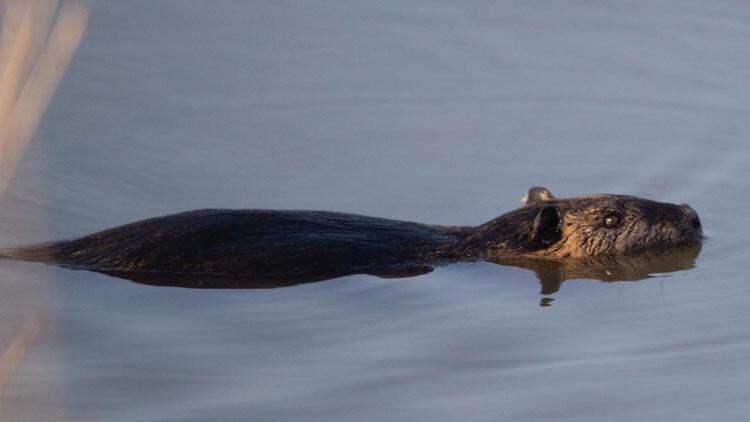
A semi-aquatic, rat-like creature has been spotted in Turkey’s northwestern province of Edirne far from its native South America.
Farmers in Edirne complain that coypu, considered an invasive species, have come to the region through the Maritsa and Tundzha rivers when Bulgarian officials opened reservoir gates due to flooding risk.
The rodents, raised in farms in Bulgaria for their fur, destroy crops, the farmers say, but Bahri Dinar, the chair of Edirne Promotion Association, sees the better side of the story.
“Photographers from all around the world have been coming to Edirne to see the coypus,” he said.
“Edirne is a city of history, but it is also a city of nature. There are no cities in the world in which three different rivers flow through. We have been receiving calls to confirm the coypu spotting. They want to come to photograph them and other species of animals our city offers, including hundreds of types of birds.”
A local farmer, İsmail Akgün, said they had been told that the animals escaped from farms in Bulgaria.
“These animals enter our fields, especially paddies, and eat into the crops,” he said. “We have been seeing a lot of them in the last two years, and we now take turns to protect our fields.”
Another farmer, Faret Kızılkan, did not complain.
“I did not see them cause any harm,” he said. “They make sounds similar to cats and run away when we go near them. I find them very cute.”
The coypu, also known as the nutria, resemble a very large rat, or a beaver with a small tail. Adults are typically four to nine kilograms in weight and 40 to 60 centimeters in body length, with a 30 to 45-centimeter tail.
Coypu are found most commonly in freshwater marshes but also inhabit brackish marshes and more rarely, salt marshes. They either construct their own burrows or occupy burrows abandoned by beaver, muskrats or other animals. They are also capable of constructing floating rafts out of vegetation.